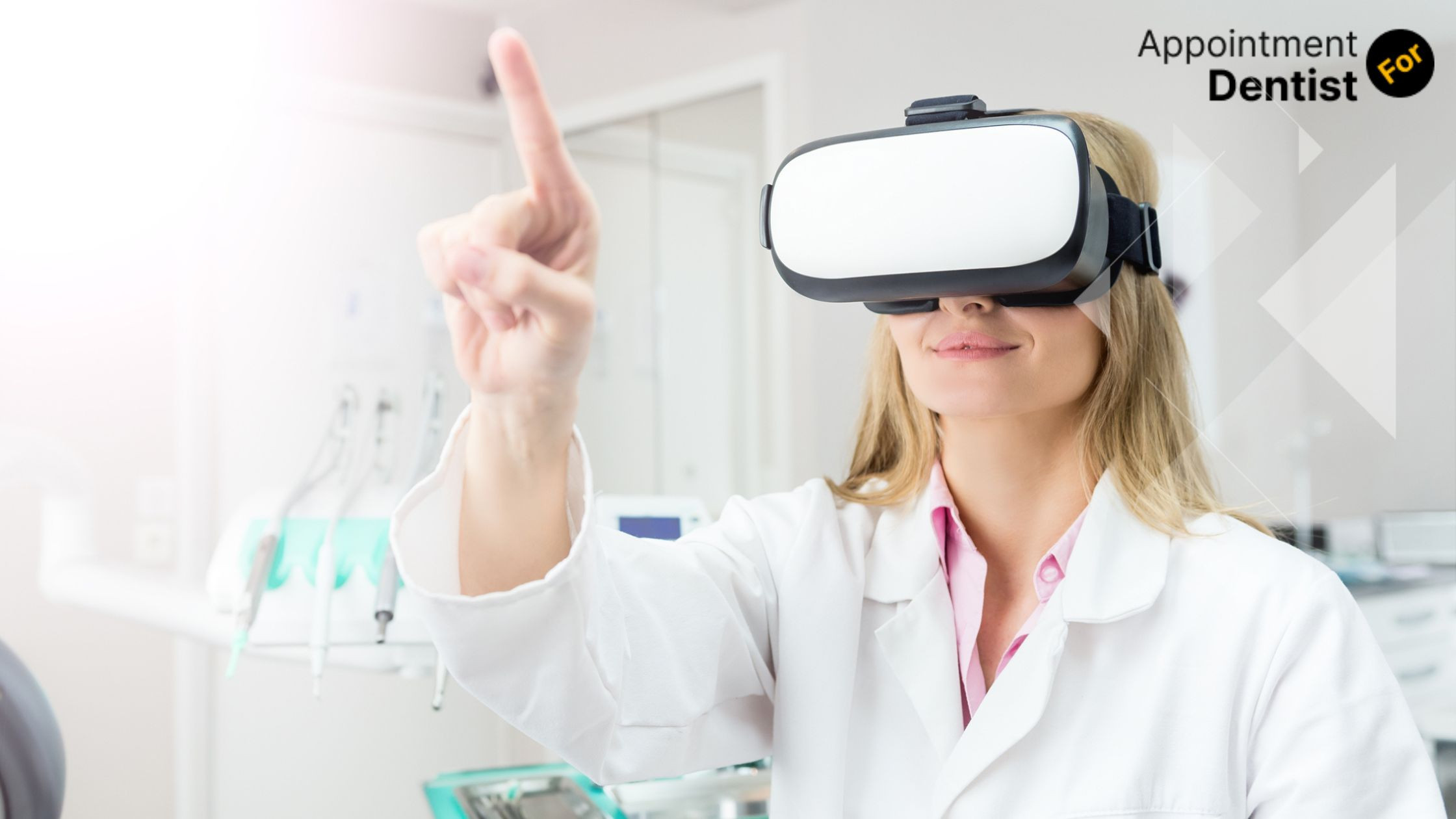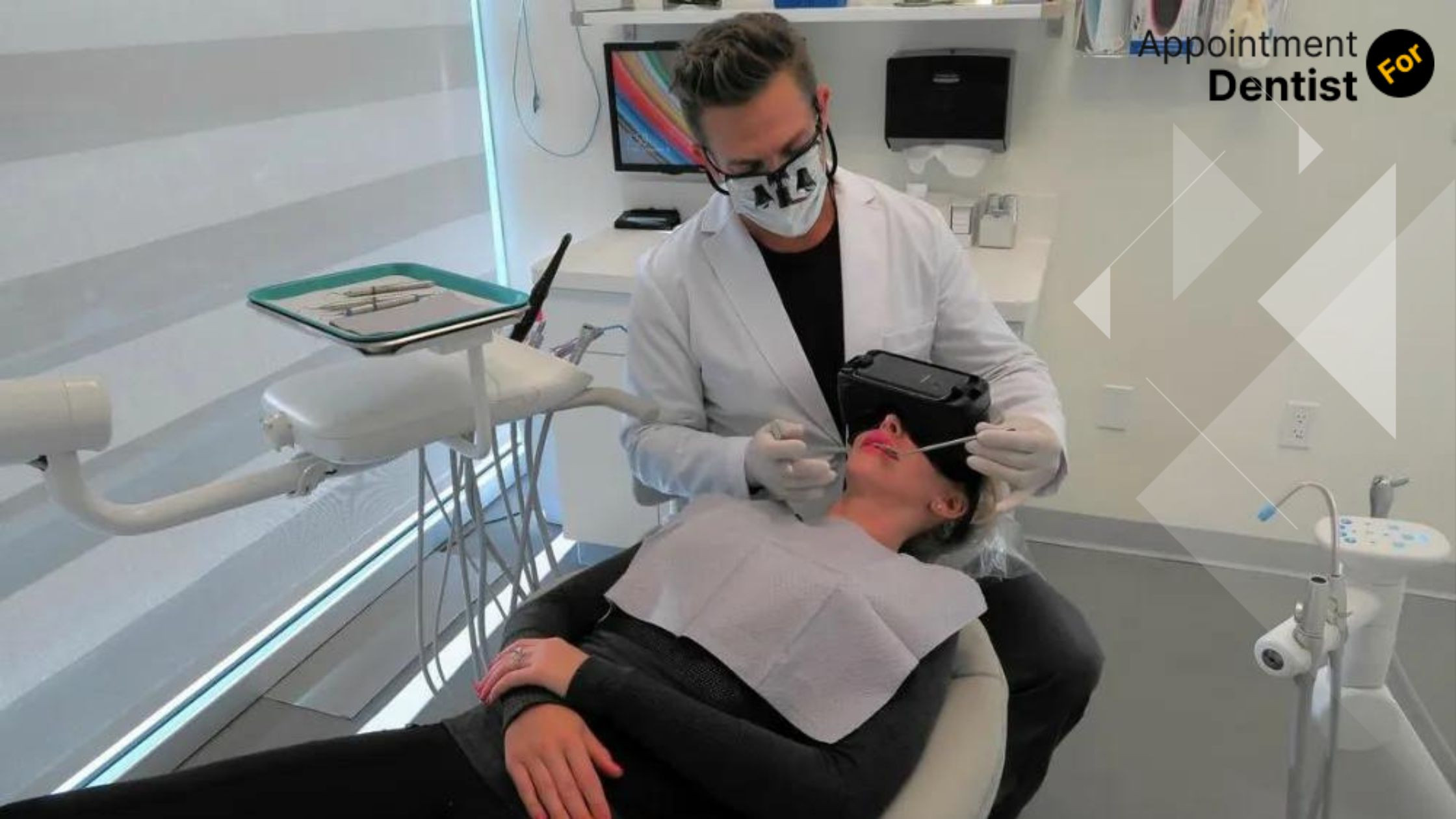The Role of Virtual Reality in Dental Anxiety Management
Posted on July 08, 2024 by Admin

The Role of Virtual Reality in Dental Anxiety Management
Dental anxiety is a common issue affecting a significant number of people worldwide. The fear of dental procedures can range from mild unease to severe phobia, often leading to avoidance of necessary dental care. However, advancements in technology, particularly the use of virtual reality (VR), are revolutionizing how dental anxiety is managed and treated. This blog explores the role of virtual reality in alleviating dental anxiety, its benefits, and how it is being integrated into dental practices.
Understanding Dental Anxiety
Before delving into VR's role, it's essential to grasp the impact of dental anxiety. For many individuals, visiting the dentist induces fear due to factors such as fear of pain, past traumatic experiences, and feelings of loss of control. This anxiety can lead to prolonged avoidance of dental care, resulting in deteriorating oral health and more extensive treatments down the line.
Also Read: Why Choose Smile Dental for Your Family’s Oral Health
How Virtual Reality Works in Anxiety Management
Virtual reality provides an immersive experience that transports individuals to a computer-generated environment. In the context of dental anxiety management, VR distracts patients from the clinical setting by engaging their senses in a relaxing or enjoyable virtual environment. This distraction technique helps reduce anxiety levels significantly during dental procedures.
- Distraction and Relaxation: VR offers a captivating experience that shifts the patient's focus away from the dental procedure. By immersing patients in calming scenes, such as a beach or forest, VR helps induce relaxation and reduces anxiety.
- Control and Empowerment: Many VR applications allow patients to control their environment, such as selecting the scenery or adjusting settings. This sense of control can empower patients and diminish feelings of helplessness often associated with dental visits.
- Pain Management: Studies have shown that VR can effectively reduce perceived pain levels during dental treatments. The immersive experience alters pain perception by engaging the brain in non-painful sensory inputs, thereby mitigating the sensation of pain.
- Improved Treatment Compliance: By making dental visits more tolerable, VR encourages patients to attend regular check-ups and undergo necessary treatments. This proactive approach to oral health can prevent dental problems from escalating.
- Cost-Effective and Widely Accessible: VR technology is becoming more affordable and accessible, making it feasible for dental practices of varying sizes to integrate it into patient care strategies.

Integrating Virtual Reality into Dental Practices
Dental offices are increasingly incorporating VR into their patient care protocols:
- Pre-Procedure Preparation: Patients can use VR headsets in waiting rooms to relax before their appointment, reducing anticipatory anxiety.
- During Procedures: VR headsets are worn during treatments to distract patients and enhance comfort. Dental professionals monitor patients closely while ensuring effective treatment delivery.
- Post-Procedure Relaxation: VR sessions post-treatment can help patients unwind and recover from any discomfort, promoting a positive overall experience.
Also Read: Top Tips for Ensuring Effective Dental Care Family Practices
Future Directions and Considerations
As VR technology continues to evolve, its applications in dental anxiety management are expected to expand. Future developments may include personalized VR experiences tailored to individual patient preferences, further enhancing its effectiveness. However, it's essential to recognize that VR may not be suitable for everyone, and patient preferences should always be considered in anxiety management strategies.
Conclusion
Virtual reality represents a promising tool in the field of dental anxiety management. By transforming the patient experience through immersive distraction and relaxation, VR helps mitigate anxiety levels associated with dental visits. As more dental practices embrace this technology, the potential for improving patient comfort, treatment compliance, and overall oral health outcomes grows significantly. Ultimately, integrating virtual reality into dental care not only addresses anxiety but also enhances the overall patient experience, paving the way for a more positive dental journey for individuals worldwide.
Faqs
-
1. How does virtual reality help with dental anxiety?
Virtual reality distracts patients during dental procedures by immersing them in calming virtual environments, reducing anxiety levels.
-
2. Is virtual reality safe for managing dental anxiety?
Yes, virtual reality is considered safe when used appropriately in dental settings. It helps patients relax and cope with anxiety without the use of medications.
-
3. Who can benefit from virtual reality in dentistry?
Virtual reality can benefit anyone experiencing dental anxiety, from mild unease to severe phobia, by providing a distraction and relaxation technique.
-
4. Can virtual reality reduce pain during dental procedures?
Yes, studies have shown that virtual reality can effectively reduce perceived pain levels by distracting the brain and altering pain perception during treatments.
-
5. How are dental practices integrating virtual reality?
Dental offices use VR headsets in waiting rooms for pre-procedure relaxation, during treatments to distract patients, and post-procedure for recovery and relaxation, enhancing the overall patient experience.
Recent Post
- The Importance of Oral Health Education for Children
- How to Choose the Right Orthodontic Treatment for Adults
- The Link Between Oral Health and Stroke Risk
- How to Address and Prevent Gum Recession
- Innovations in Dental Anesthesia: Pain-Free Procedures
- The Role of Saliva in Oral Health: Functions and Disorders
- Exploring Holistic Dentistry: What You Need to Know
- How Oral Health Affects Your Immune System
- The Benefits of Using Dental Probiotics
- Oral Health and Pregnancy: Myths and Facts